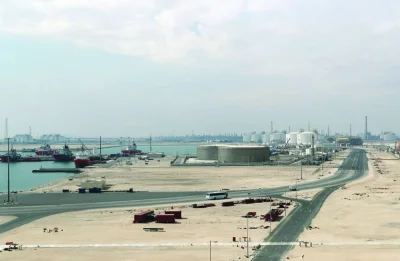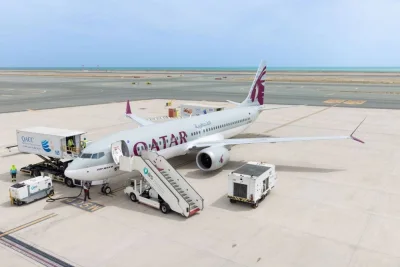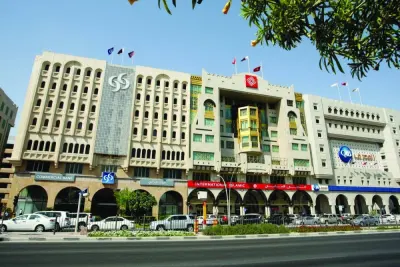Available Qatar economic data remains positive, researcher FocusEconomics said citing surge in tourist arrivals and strong growth in private sector Purchasing Managers' Index (PMI) in the country.In its latest country update, FocusEconomics noted tourist arrivals surged in the first quarter (Q1) of 2023.Official figures indicate Qatar’s tourism sector is gaining strength, which is reflected on the arrival numbers for the first quarter of 2023 that has hit record numbers – over 1.16mn by the end of March.FocusEconomics said the private-sector PMI rose strongly from February onward to a nine-month high in April.The country’s economy expanded 8% year on year in fourth quarter (Q4) of 2022, a multi-year high.It was spearheaded by the non-energy sector, with the FIFA World Cup spurring the transport, retail and hospitality industries.The energy sector also recorded robust growth. Energy output increased by 14.3% in annual terms in February.In contrast, the public sector performed sluggishly, likely linked to school closures and reduced government office hours during the month-long sporting event.On the flipside, the construction sector appears to be cooling amid the end of the World Cup construction boom and higher interest rates, with building permits declining year on year in Q1.FocusEconomics noted the economy will lose steam this year on slowing building activity, rising borrowing costs and flagging external demand.That said, ongoing gas sector development and a stronger tourism industry will provide support.Improved relations with Arab neighbours are an upside risk; for instance, in mid-April Qatar and Bahrain announced they would restore ties.FocusEconomics panelists see GDP expanding 2.5% in 2023, which is down by 0.1 percentage points from one month ago, and expanding 2.5% in 2024.Inflation fell to 4% in March from 4.4% in February this year. The Qatar Central Bank (QCB) hiked its policy rates by 25 basis points (0.25%) in May, in line with the Fed, with the lending rate rising to 6%.In 2023, FocusEconomics panelists see inflation moderating from last year as borrowing costs rise, the World-Cup-related demand surge ends and commodity prices recede. FocusEconomics panellists see consumer prices rising 2.9% in 2023, which is down by 0.1 percentage points from one month ago, and rising 2.2% in 2024.According to FocusEconomics, Qatar’s GDP would scale up to $272bn by 2027 from $218bn this year.GDP per capita, it said, would reach $108,095 in 2027 from $83,318 this year. Next year, GDP per capita has been estimated at $85,993 and $91,254 in 2025 and $99,978 in 2026.Merchandise exports have been estimated to reach $127.8bn in 2027 from $112.2bn in 2023, $110.8bn (2024), $108.3bn (2025) and $117.4bn (2026).Fiscal balance (as a percentage of GDP) has been estimated at 7.1% this year, 5.7% (2024), 5% (2025), 6.5% (2026) and 6.2% (2027).Public debt (as a percentage of GDP) has been estimated at 43.8% this year, 44.2% (2024), 42.8% (2025), 40.6% (2026) and 38% (2027).

Most Read Stories
3























